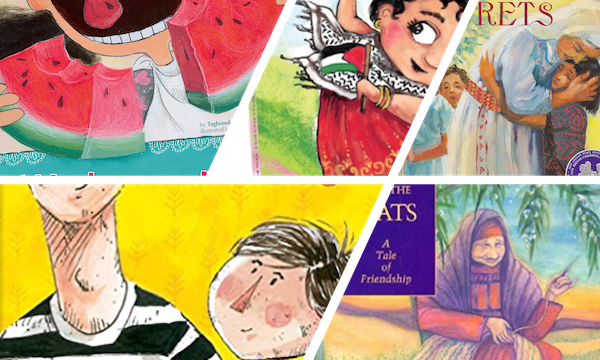”Listening to songs in your target language gives you something that no vocabulary list can: a context for words. You get to hear how words are used in real life. When you learn complete sentences along with their English translation, you’re learning how to use complex grammar without the need to memorise all the rules behind it.
Benny Lewishttps://www.fluentin3months.com/learning-a-language-through-music/
Arabishway can help you do this in Arabic with your kids!
Step One: go to the ArabishWay website and find a song you like. Each song has a video or .mp3, plus a pdf of the lyrics transliterated in English, translated into English and sometimes with the Arabic transcription.
Step Two: Click on the transliteration/Translation Tab and print out the lyrics
Step Three: Start singing along!
How I Transliterate:
As a kid, in the hopes of learning the words to pop songs, I would record songs off the radio and write the sounds of the word, rather than the actual words so that I as I sang, I could keep up with the rhythm of the song:
For example, take the line from Foreigner’s Don’t Stop Believing:
Just a city boy. Born and raised in South Detroit
So, I would take the phrase “born and raised in” and make it “bor-nin rays -din” to make it smoother while singing. Try it . . . I think it works . . .
If you say each word separately you can keep the beat but it sounds awkward and forced.
But with Cyndi Lauper’s Girls Just Wanna Have Fun
The phone rings in the middle of the night.
Becomes: Th’phone rings n’the mid-dluhh the night
If you say each word, you can’t keep up. You can barely hear the word “of” when she sings it, so why struggle to add it in there. This isn’t about eloquence, it’s about sounding natural.
You will see the same sort of thing in the transliteration of the Arabic songs on the website! – I split the words with dashes or spaces in order to make each group of letters match the beat of the song. And I leave out letters that aren’t pronounced or are swallowed. This makes it easier to sing along!
A few other notes regarding the Arabish way:
- you will see capital letters for the heavier sounding letters (H = ح) (TH = ظ), (Th = ذ), (S = ص) , (D = ض) (T = ط), and lower case for softer versions (t = ت), (th = ث), (d = د), (s = س), (h = ه)
- to ease reading, I don’t have a substitute for the letter (ع). I simply put an apostrophe before the (‘a)
- for a hamza or guttural stop you’ll see the apostrophe after the vowel
Remember you do not need to say it perfectly – just having fun and exposing your child to another language is a true gift to them!
I hope it works for you! And do let me know if I’ve botched something up because remember, I’m just Arab-ish!


